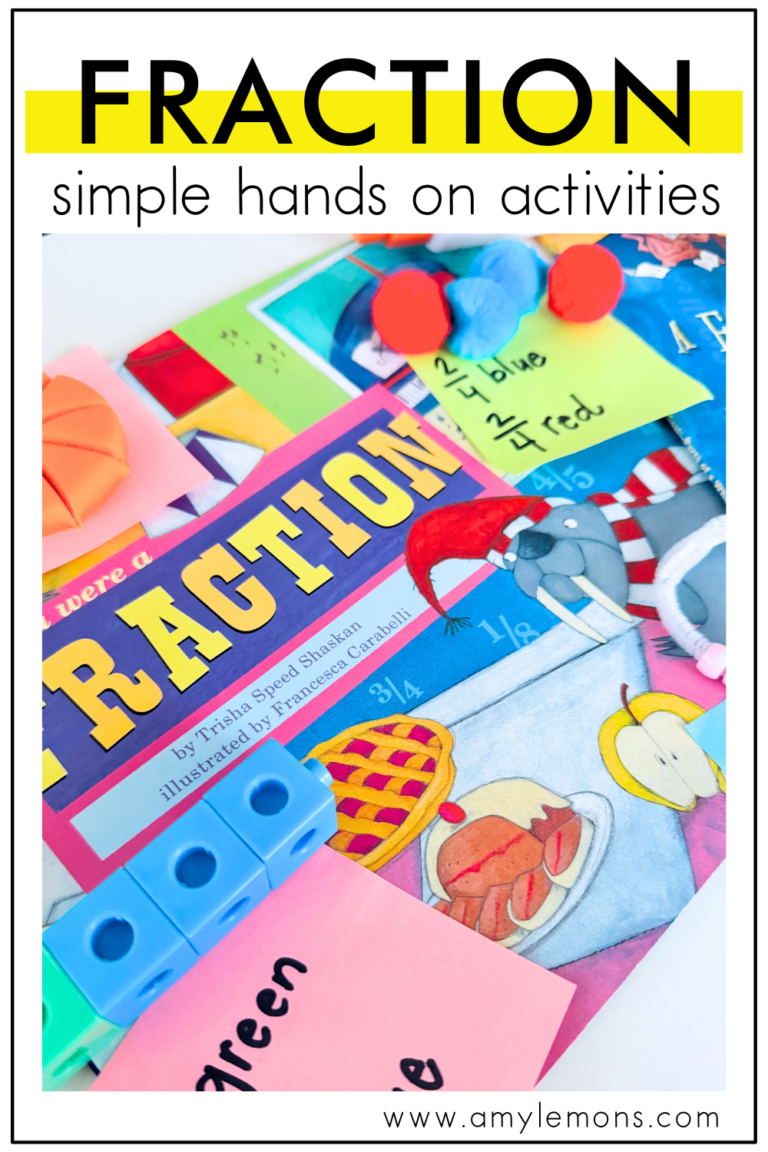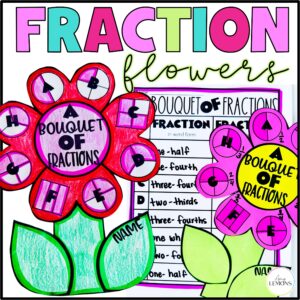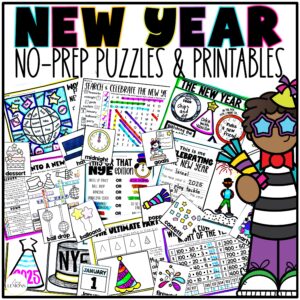

What’s all the buzz about bees? They have been a huge topic of discussion, thanks to initiatives to keep them thriving and helping the planet! Because they are such an important part of our ecosystem, bees make a fantastic topic for kids’ animal research activities.
Whether you’re looking for classroom animal or insect projects or fun bee activities to get your students excited about learning, these reading comprehension ideas are a great way to teach students about research and reading skills and have fun in the process.
{Disclosure: Affiliate links have been used below but I only share items I use and enjoy!}
Before students begin researching bees (or any topic on their own), pique their interest using a captivating picture book to introduce the topic.
The book, Give Bees a Chance, gives students information about bees while also entertaining them with funny character dialogue and cartoon-style illustrations. Starting with this read-aloud will develop students’ content knowledge and vocabulary as well as serve as an introduction to research.
As we are reading and learning about bees, we want to build upon students’ background knowledge. Background knowledge serves as the base of learning that we continue to build upon as we read, learn, and experience new things. When students know about a topic, they are more likely to anchor new information to their prior knowledge. We can model this process with a KWL anchor chart.
Begin the chart with what students already know about bees. This serves as a brain dump for prior knowledge.
Move on to recording information that students learn while exploring the topic. This column can be added throughout the unit of study.
Finish up with questions that students have about bees. These questions will guide students as they are learning new information. This will give students direction when they begin researching.
We can branch off the original topic of bees and continue their learning by getting even more specific with an informational text about bee-keeping. This will make connections and provide opportunities to build upon their background knowledge. It will also expose students to another type of text, one that’s sole purpose is to inform the reader.
Now, students will have an understanding of bees and beekeeping before they begin their research.
While students are reading texts about bees, we can build literacy skills. With informational texts and research, I like to take the time to focus on facts and opinions or distinguish between true and false statements.
Both of these skills will extend students’ comprehension while also giving them more information about their research topic.
For example, in the image above, students sort statements about bees into true or false. Additionally, students read a passage about bees and highlight facts versus opinions. This is an easy way to tie in the overall theme with a focus on literacy skills.
Now that we’ve laid the groundwork, allow students to research bees on their own, with a partner, or in a group setting. I like to provide students with the following research tools:
It can also be beneficial to provide students with a research graphic organizer so that they know what they are looking for while perusing websites and books.
Once students have completed their research and note-taking, they can create a Bee Booklet to showcase the information that they want to share with others. This also provides the opportunity to narrow down the research to use only the most important information.
Looking for more animal research inspiration? You’ll love these African animal research activities or perhaps alligators and crocodiles!

Hey, y’all! My name is Amy Lemons and I am passionate about providing students with both engaging and effective standards-based Math and ELA lessons.

Sample a day of Rooted in Reading with these lesson plans and activities for Reading Comprehension, Vocabulary, and Grammar!


